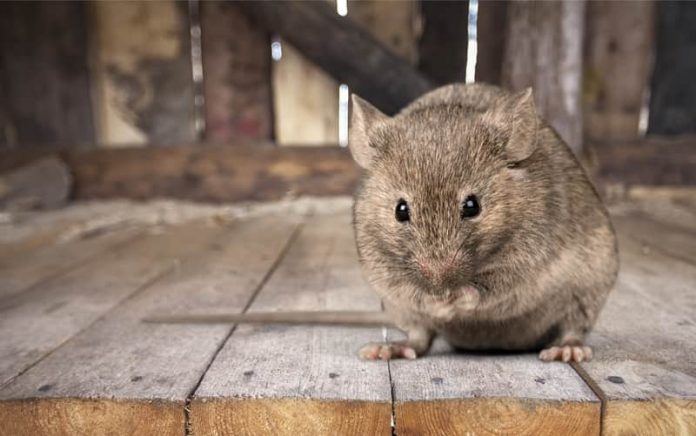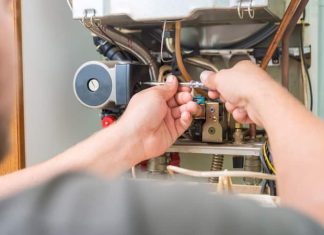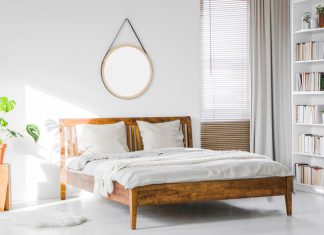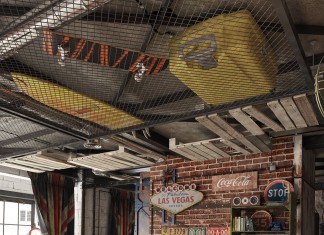Some house owners may not believe that their attic is in great danger of attracting pests because most pests do not reside on the ground floor. Because it’s moist, it has plenty of wood and other organic material, and it’s free of human movement, your attic is very appealing to all types of pests. There can be pests nesting, searching for water, and feasting without disturbing anyone. For many pests, it’s a perfect place. You may not even know that pests made your attic their latest home until you get a more significant infestation on your hands. You must take measures to defend your attic before it becomes infested with unwanted pests. There are two major ways to protect your attic from pest infestations- you can either call pest control services near Greensboro or DIY by following the steps below.
Store Your Items In Together
Every single one of us has books, pictures and documents stored in our attics. However, pests are drawn to these items just as much as cardboard. By placing these things in plastic bins, you can minimize the risk, but by strategically placing your items, you can also reduce the threat of pests in your attics. Put all these stuff together in one place in the attic. When pests get into them, treating the situation will be better than having the items scattered around and offering the pests with various sources of food. You cannot leave your attic impenetrable to pests, but if you follow this step, you can definitely eliminate the threat of infestation.
Close All Possible Entrance
If you don’t know where they come from, you will never be able to prevent pests from getting inside your attic. So your first move should be to check your attic for any prospective entry points carefully. While these pests can enter from nearly anywhere, some regions provide easier access than others, making them hotspots for pests’ activity. Main areas for inspection include pipes, windows, attic door, and roof. Carefully check over these places for any tears or gaps, as well as gnawing indications. Try to be thorough: some pest can get through a hole as small as the size of a quarter into your attic. Once they have discovered a prospective entrance, they have a habit of gnawing on it to make it even bigger.
Store Items In Plastic
When items are stored in the attic, a lot of persons put their things in cardboard boxes. However, for many pests, including termites and some other pests, cardboard is a valuable food source for them. It is essentially a picnic for pests if you store everything in cardboard boxes. If necessary, switch all of your items into plastic storage tubs. Larger products such as your Christmas tree can be stored in large plastic bags. Keep everything tightly closed and reduce the use of carton, wood and other organic components.
Reduce Humidity
It is necessary to eliminate moisture in your attic to keep those places safe from bugs such as silverfish, cockroaches or mosquitoes. Most pests use water for reproduction and sustenance, and when there is moisture in your attic, it will soon multiply. Simply seal or fix leakage pipes or install a dehumidifier can reduce humidity.
Organize Your Attic Space
You can decrease the risk of pest infestation by planning how to use your attic for storage. For instance, by placing documents and books in a specific place instead of distributing them around, you will make it simpler to manage any infestation because it is in a smaller space. Space can also be saved, ventilation can be provided, and breeding areas reduced.
Clean Your Attic And Rug
Most attics are completed more than others are, and to keep the room more convenient, they have carpets. Such carpets, as well as mold and mildew, can attract pests because they enable dust to build up. By keeping these carpets clean, you are also avoiding pests in your attic. To prevent dust and mildew away, get a regular professional steam cleaning. Simply remove the carpet from your attic and do not store any rugs, if you cannot keep up with the cleanup. In the filthy, damp space, the rug is too vulnerable.















